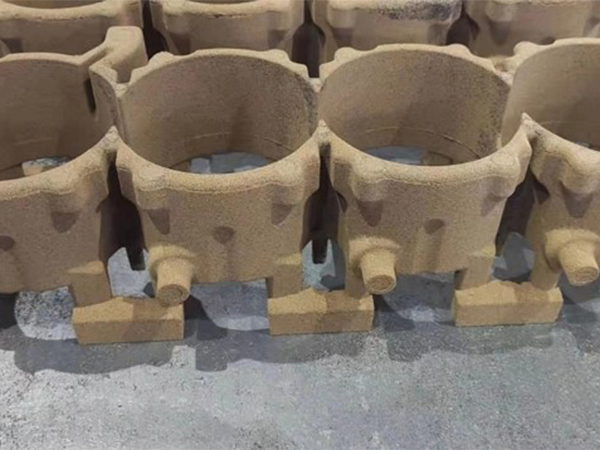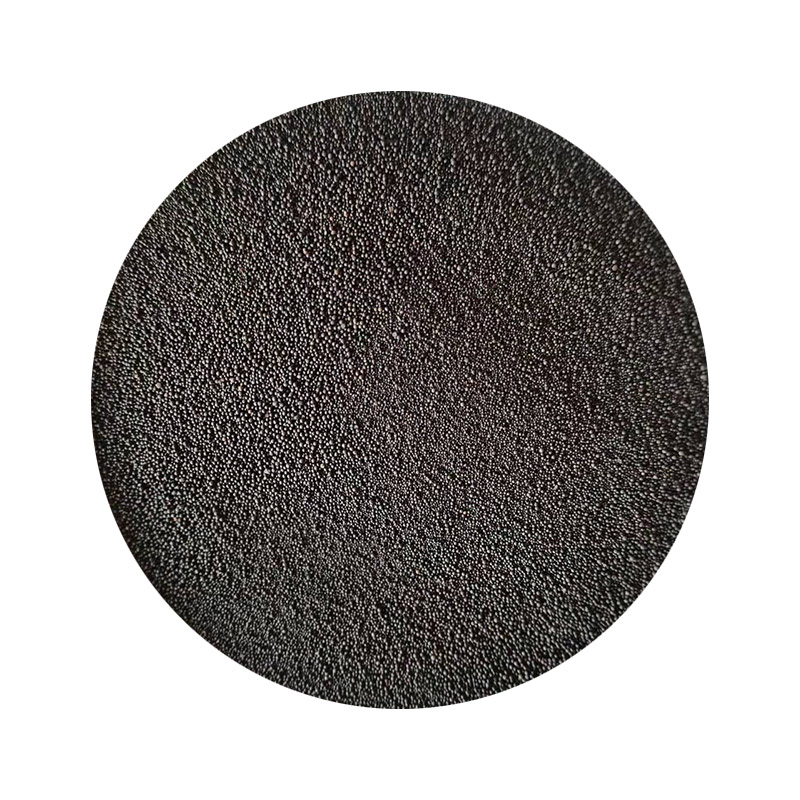

The expertise required in sand casting is extensive. Foundry workers, with their wealth of experience, become artisans in their own right. They understand the nuanced balance between sand grain size, moisture content, and binder materials—each element critical to crafting robust molds. This expertise is honed through years of practice, often passed down through generations, ensuring the reliability and durability of the final product. The expertise extends beyond human skill; it incorporates a deep understanding of material science, acknowledging how different alloys interact with the sand matrices during the casting process. Sand casting remains an authoritative element in industries where durability, strength, and detail are paramount. The process's credibility is further solidified by its ongoing development in reducing environmental impact. Innovations include the incorporation of recyclable materials and the advancement of sand reclamation technologies. These efforts strive to reduce the carbon footprint, aligning with global sustainability goals and reinforcing the trustworthiness of sand casting as a responsible manufacturing choice. In the modern context, sand casting's role is not merely historical but forward-thinking. It marries age-old traditions with cutting-edge advancements, showcasing a process that is both a testament to human ingenuity and a harbinger of sustainable manufacturing practices. The seamless blend of experience, expertise, authority, and trustworthiness encapsulates why sand casting continues to be a cornerstone of production in various industries. Post time:ਜਨਃ . 14, 2025 10:51
Next:lost foam casting examples
